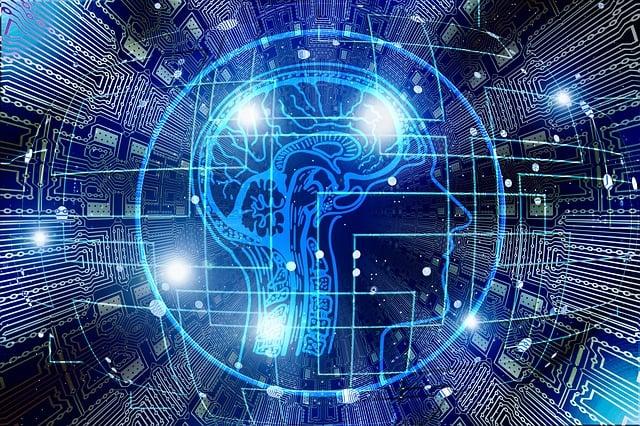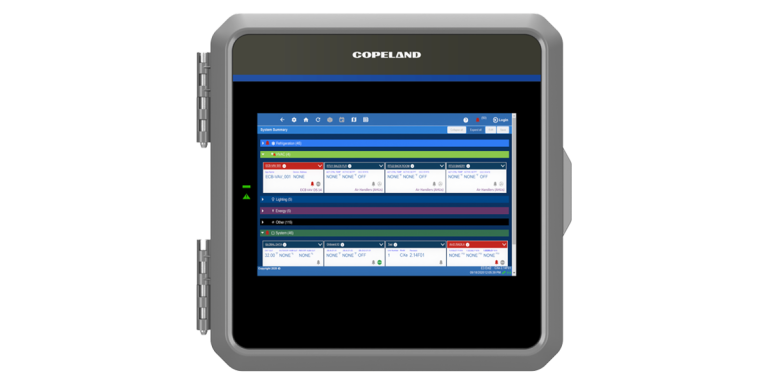
Electronic waste has emerged as one of the most rapidly escalating environmental crises on the planet. Billions of miniature devices—ranging from fitness trackers and medical patches to temporary implants—are discarded daily after brief lifespans. Their recycling remains a formidable challenge, and disposal through incineration or landfill inevitably pollutes the environment with heavy metals and toxic compounds.
As electronics become ever more embedded in our daily lives, the need for sustainable and eco-conscious solutions has grown increasingly urgent. A team of scientists from the Korea Institute of Science and Technology (KIST) may have conceived the ideal alternative.
Under the leadership of Dr. Sangho Cho and Dr. Youngho Chu, researchers have developed an entirely new class of memory storage that dissolves completely in water. This is not merely a fragile prototype destined for academic showcases, but a fully realized technology that combines robust data retention with complete biodegradability.
At the heart of this innovation lies an advanced polymer known as PCL-TEMPO. It unites poly(ε-caprolactone) (PCL)—a body-safe material capable of decomposing in biological environments—with the organic molecule TEMPO, which ensures reliable retention of electrical signals.
Previous attempts to create soluble electronic components have been hampered by significant drawbacks: fragility, poor data retention, and low resistance to mechanical stress. This new compound overcomes all of these limitations. It consistently distinguishes between on and off signals for over one million operational cycles, retains recorded data for more than 10,000 seconds, and endures at least 250 write-and-erase operations.
This signifies that the solution is ready for real-world deployment—not only within laboratories, but also in practical applications, particularly in products whose lifespans are deliberately limited by design.
Equally noteworthy is the material’s biocompatibility, which allows for safe implantation in the human body. Moreover, the research team has devised a method to precisely control the onset of the dissolution process. The thickness and chemical composition of the outer layer can be fine-tuned to initiate degradation according to a predefined timeline.
Once the protective coating dissolves, the microchip’s core disintegrates in water within approximately three days, leaving no residue. This approach is especially valuable in the medical field. Implants made with PCL-TEMPO can autonomously degrade inside the body after fulfilling their purpose, eliminating the need for follow-up surgeries and reducing healthcare costs.
Tests have also demonstrated that the material retains its integrity and functionality even after 3,000 cycles of bending. This durability renders it well-suited for disposable wearable devices, medical sensors, and even military-grade applications.
The research team is already progressing toward the next phase of the project. According to Dr. Cho, their vision includes the development of “smart transient electronics”—systems that not only dissolve on demand but also possess self-healing capabilities and sensitivity to light.
Such innovations pave the way for the commercialization of a new generation of biodegradable electronics, aligning with increasingly stringent environmental regulations for consumer technology. However, as the experience with RFID implants and Bio-IoT devices has shown, safety considerations must remain paramount in the design of new biocompatible technologies. After all, no one can guarantee that these minuscule memory devices—capable of storing virtually any data—won’t one day fall into the wrong hands…






